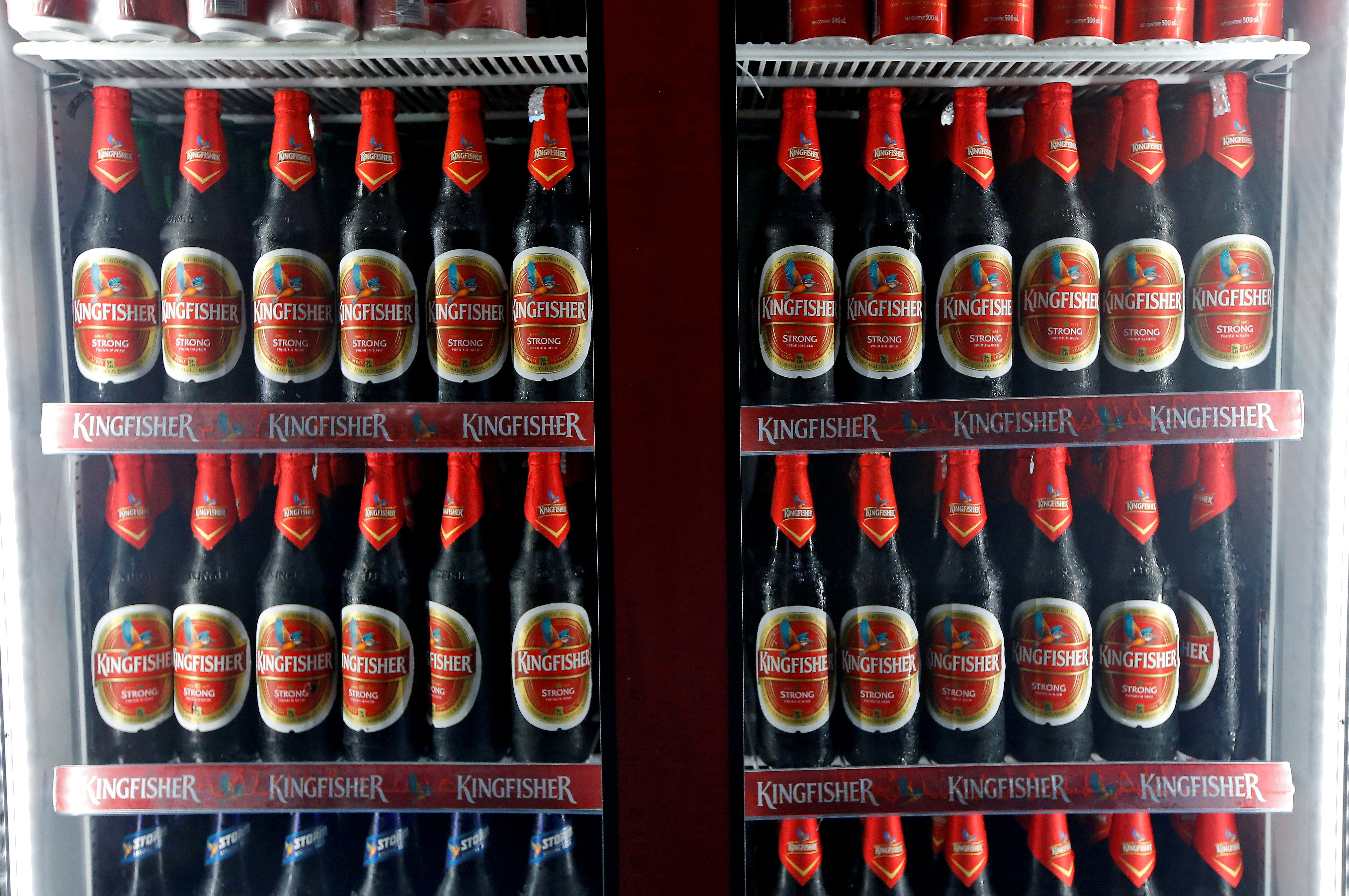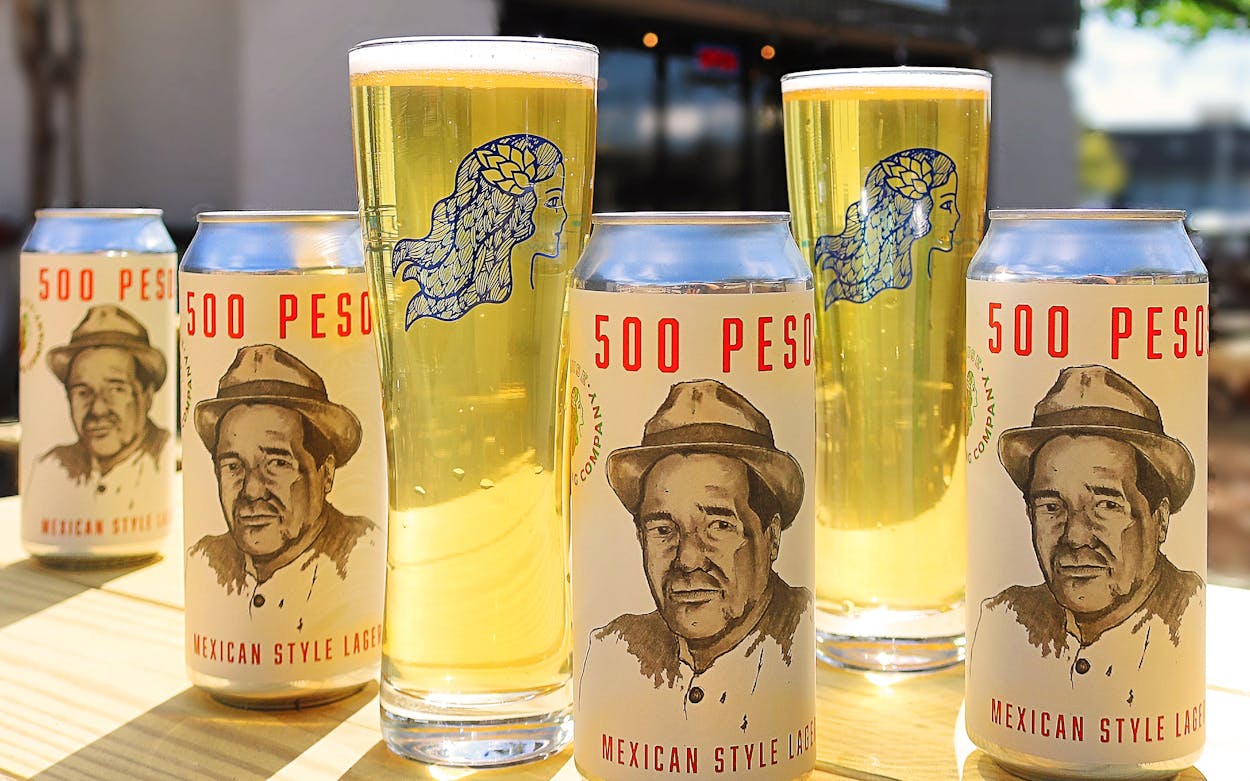Grasping the Craft of Purification: a Deep Study Distillery Traditions
Discovering the complex art of distillation introduces a world steeped in time-honored traditions that have shaped the spirits we delight in today. From the ancient origins of purification techniques to the modern evolution of distillery tools, each action in the process lugs with it a rich tapestry of history and proficiency. As we delve into the fragile balance of traditional versus modern distilling techniques and discover the relevance of key components, a much deeper understanding arises of the extensive impact distillery customs carry the spirits we appreciate.
Beginnings of Distillation Methods
The development of distillation strategies has an abundant history that traces back to ancient civilizations. The principle of separating components based on their various boiling points laid the foundation for the advanced distillation procedures we have today.
The earliest evidence of distillation go back to around 3000 BC in Mesopotamia, where clay pots were used to boil down perfumes and aromatic oils. The Egyptians additionally progressed these methods, making use of distillation for medical functions and embalming practices. The Greeks, notably numbers like Aristotle and Hippocrates, contributed to the theoretical understanding of purification.
Over time, purification spread to areas like India, China, and the Middle East, each society adding its distinct touch to the craft. The evolution of distillation strategies proceeded with the Center Ages and the Renaissance, eventually bring about the varied selection of purification processes utilized in modern-day distilleries worldwide.
Advancement of Distillery Equipment
With advancements in innovation and a deeper understanding of the distillation process, modern-day distilleries currently make use of a variety of sophisticated tools to produce spirits of the best. Today, purification devices consists of column stills, reflux stills, and hybrid stills, each created to cater to details distillation demands. These modern-day stills offer much better temperature level guideline, increased distillation accuracy, and higher efficiency in dividing alcohol from pollutants.
Along with stills, distilleries currently make use of innovative condensers, fermenters, and filtering systems to more refine the extract. The development of distillery tools continues to play an important function fit the varied variety of spirits offered out there today.
Conventional Vs. Modern Distilling Practices
Alternatively, modern-day distilling methods utilize innovative innovation and development to improve manufacturing procedures and boost uniformity. Automated systems, digital controls, and cutting edge equipment allow modern distilleries to create spirits much more successfully and with better precision.
While standard distilling techniques are cherished for their heritage and the unique flavors they create, modern techniques offer benefits in regards to scalability, quality control, and sustainability. By including link scientific developments and modern design, distillers can optimize manufacturing, decrease waste, and satisfy the demands of today's market much more efficiently. Inevitably, the selection in between contemporary and standard distilling methods often depends upon the distillery's goals, worths, and target audience.
Key Ingredients in Distillation Process
Within the craft of distillation, the selection of key active ingredients plays a crucial duty in establishing the flavor account and top quality of the spirits created. The primary ingredients utilized in the distillation procedure are commonly water, yeast, and a fermentable source such as grains, fruits, or sugarcane.
Water is a fundamental element as it not only thins down the alcohol content to a palatable level but also influences the total mouthfeel and structure of the spirit. The top quality and mineral content of the water made use of can substantially impact the last item.
Yeast is an additional important ingredient that transforms the sugars present in the fermentable source into alcohol via the procedure of fermentation. Different pressures of yeast can create differing scents and flavors, contributing to the special features of the spirit.

Influence of Distillery Traditions on Spirits
The influence of longstanding distillery traditions on spirits extends past the choice web link of key ingredients, forming the very significance and personality of the final distilled items (Distillery in Galveston). These customs, gave through generations, play an essential function in specifying the special preference profiles and high qualities that differentiate one spirit from another
Distillery traditions include a vast array of methods, from the specific methods made use of in distillation to the option old procedures utilized. The use of traditional copper pot stills in whiskey production is thought to present certain tastes and characteristics that are very valued by aficionados. Likewise, the aging of spirits in oak barrels, a practice deeply rooted in distilling practices, contributes to the development of complex scents and tastes over time.

Verdict
From the beginnings of distillation strategies to the modern-day methods, the effect of distillery customs on spirits is obvious. Distillery customs play an important duty in shaping the spirits sector and maintaining the heritage of purification methods.
Throughout the history of distillation, the devices used in distilleries has actually gone through substantial advancement to boost efficiency and quality of the distillation process.With try here advancements in modern technology and a much deeper understanding of the distillation procedure, modern-day distilleries now utilize a variety of advanced equipment to produce spirits of the greatest high quality. Today, purification devices consists of column stills, reflux stills, and hybrid stills, each designed to cater to particular distillation requirements. From the origins of distillation techniques to the contemporary practices, the effect of distillery practices on spirits is indisputable. Distillery customs play an essential duty in forming the spirits sector and protecting the heritage of purification methods.